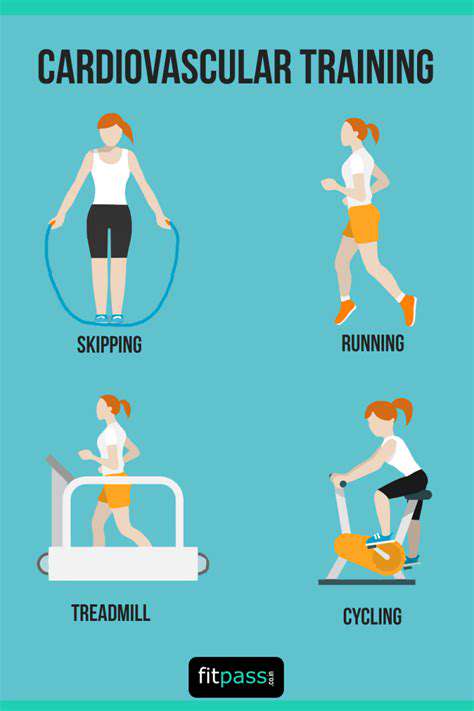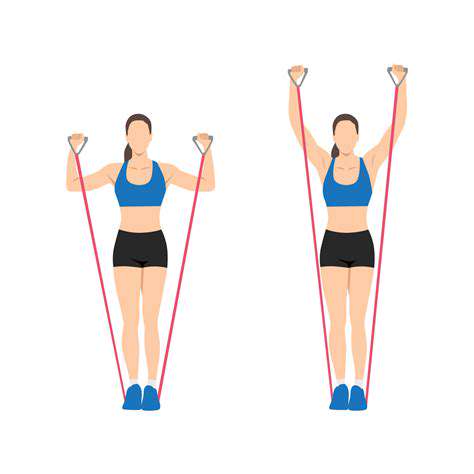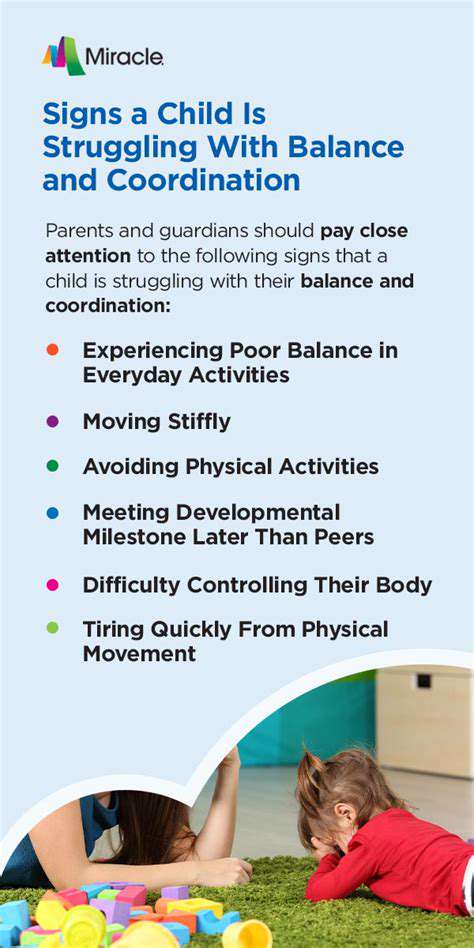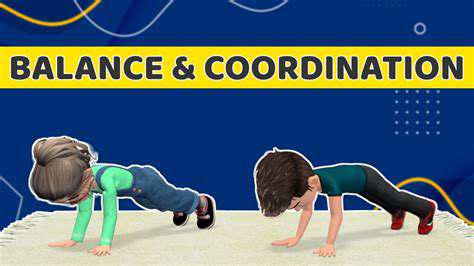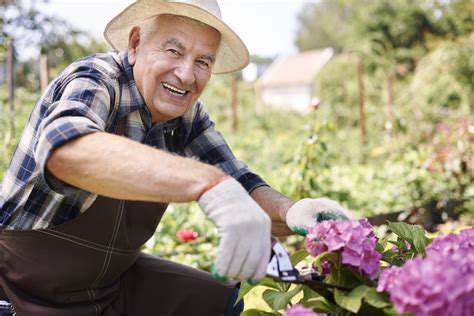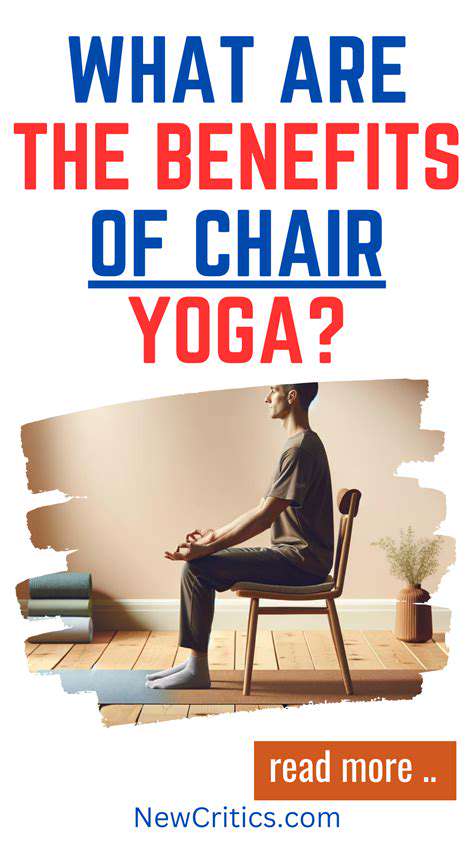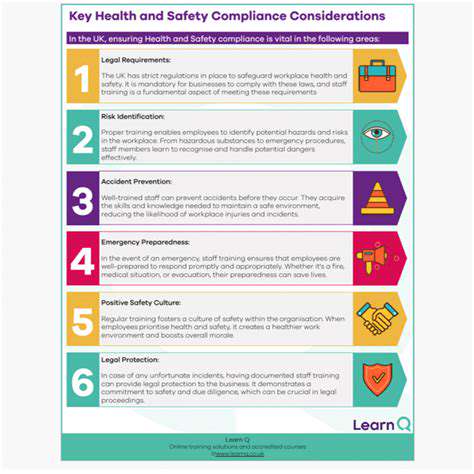A Balanced Approach to Fitness: Senior Exercise After 70
Consider exploring various options until you discover activities that resonate personally. Maybe it's the rhythmic flow of paddleboarding, the social aspect of group stretching classes, or the solitude of early morning walks. The perfect routine blends gentle movement with personal satisfaction, creating a self-reinforcing cycle of wellness.
Focusing on Functional Fitness
Functional training bridges the gap between exercise and daily life, preparing your body for real-world demands. These movements mirror common activities like lifting packages, reaching for high shelves, or rising from chairs. By training movements rather than isolated muscles, you develop practical strength that serves you in countless everyday situations. This approach becomes increasingly valuable as we age, helping maintain independence and prevent falls.
Effective functional exercises often incorporate multiple planes of motion. Think of farmer's carries with grocery bags, step-ups mimicking stair climbing, or rotational moves that prepare you for reaching across your body. These compound movements build coordination and stability that translate directly to improved quality of life.
Incorporating Play and Recreation
Movement should spark joy, not dread. Recreational activities that disguise exercise as fun create powerful motivation. When you lose track of time during a beach volleyball game or feel exhilarated after a salsa class, you're experiencing fitness at its most sustainable. These playful approaches to activity often provide social benefits too, strengthening community connections while improving health.
Consider childhood favorites you might revisit - hula hooping, jump rope, or badminton. Many adults rediscover passion for movement through recreational sports leagues or outdoor adventure groups. The key is finding activities where the primary focus becomes enjoyment rather than calorie counting.
Addressing Individual Needs and Preferences
Effective fitness plans honor personal uniqueness. A former runner with knee concerns might thrive with swimming, while someone with arthritis may prefer chair yoga. Smart programming adapts to your body's needs while respecting your personal interests and schedule constraints. This personalized approach prevents frustration and injury while maximizing results.
Work with professionals when needed - physical therapists can suggest modifications, while trainers can tailor programs. Remember that the best exercise is the one you'll actually do consistently, not necessarily the most intense option available.
The Importance of Consistency and Progression
Small, regular efforts yield greater results than occasional intense workouts. Consistency transforms fitness from a temporary challenge into a lifelong practice. Begin with manageable commitments - perhaps three 20-minute sessions weekly - then gradually increase duration or intensity as your capacity grows.
Track progress through non-scale victories: carrying heavier groceries with ease, noticing improved balance, or feeling more energetic. These tangible improvements provide motivation far more powerful than arbitrary weight goals. Celebrate every step forward, knowing each contributes to lasting health.
The Caribbean's underwater landscapes showcase nature's most vibrant artistry, with coral formations rivaling rainforest biodiversity. From the Bahamas' shallow nurseries to Cayman's dramatic walls, these ecosystems support astonishing marine diversity. Protecting these fragile environments while enjoying their beauty represents the ideal balance of ecotourism. Responsible snorkelers can witness this underwater spectacle while contributing to reef conservation efforts.
